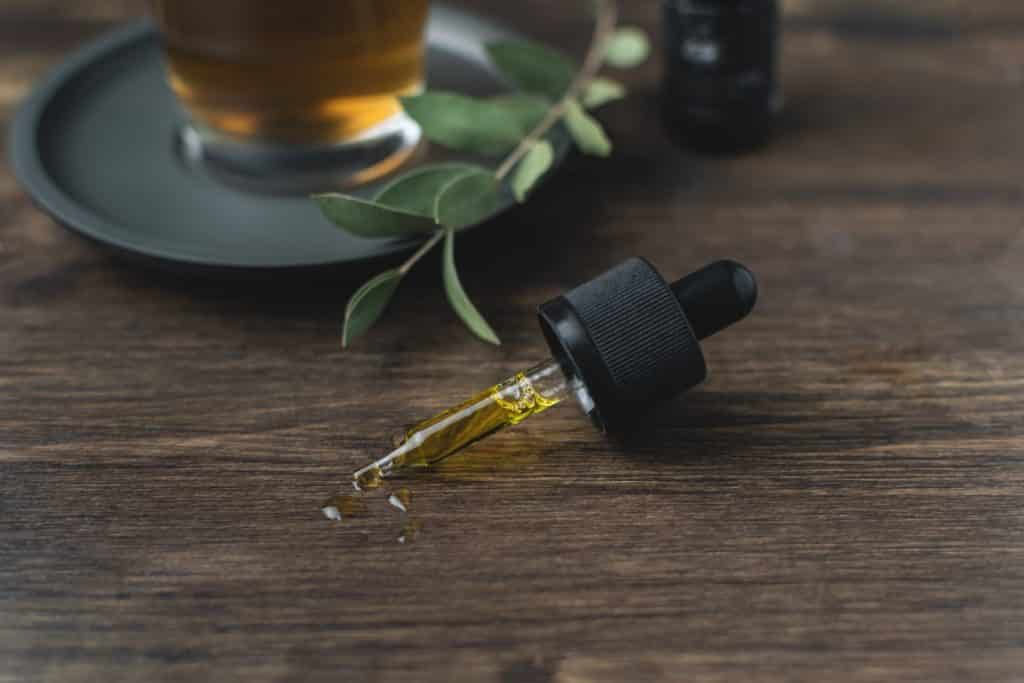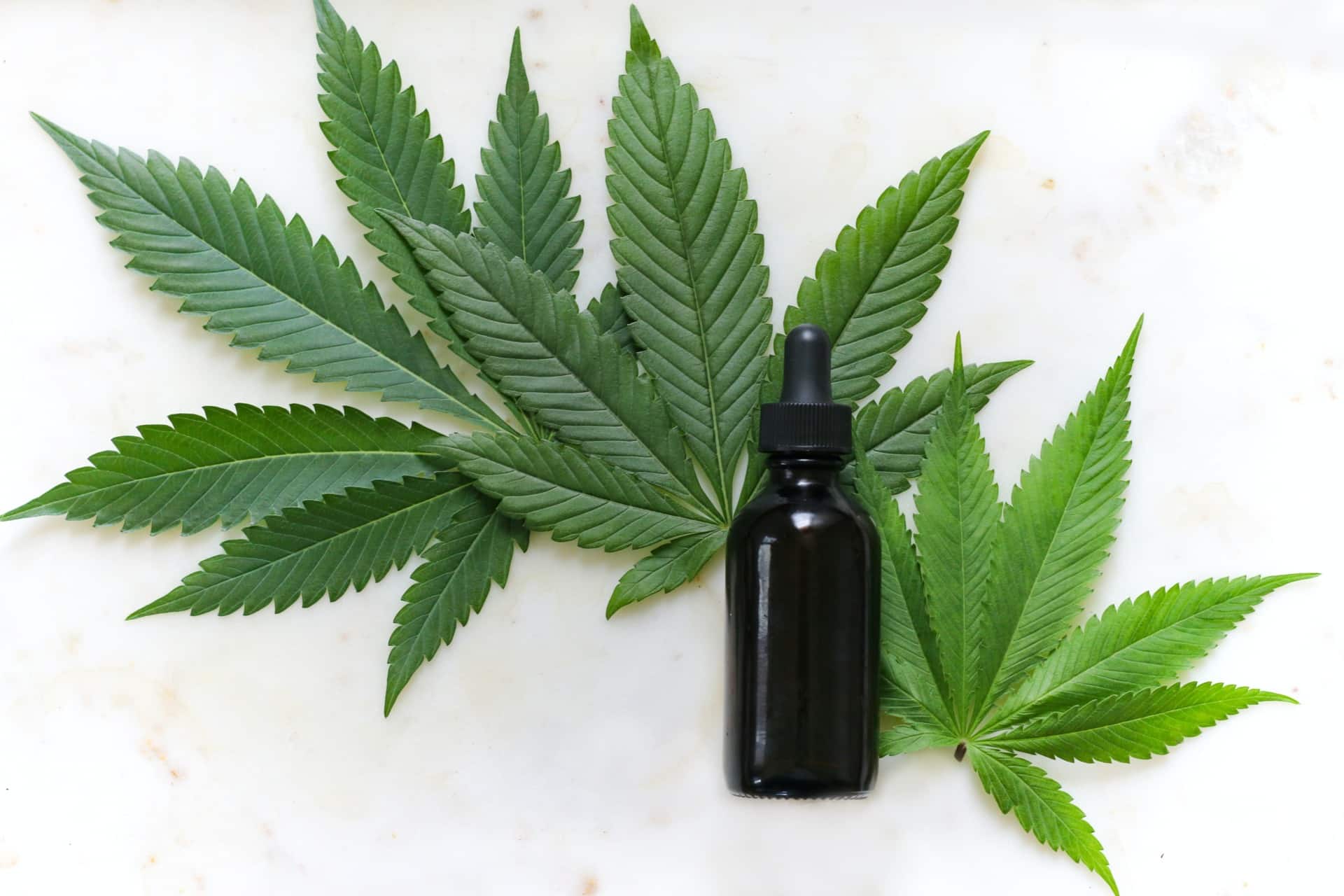CBD cosmetics regulations around the world
Since 2019, CBD cosmetics have been meeting a huge success around the world. Despite growing sales and a promising future, cannabidiol use in beauty products is subject to strict regulations and is even still illegal in some countries. Have you ever wondered if your CBD infused beauty products were compliant with international standards?
This article aims at introducing CBD related regulations in the EU/UK and beyond for a single purpose: provide insight on ongoing cannabidiol restrictions and help you to get compliant label and formula to any country’s legislation.

CBD in the cosmetics industry
- What is CBD and why use it in cosmetics?
CBD or cannabidiol is an active compound part of the cannabinoid category, naturally present in several Cannabis species and industrial hemp. Unlike THC (also present in Cannabis), CBD does not have any psychotropic effect, and as such can be used in cosmetics. It is believed to have antioxidant, hydrating, anti-sebum or anti-aging properties for instance, and shows therapeutic benefits. While CBD can be legally used as an ingredient, THC can only be considered as contaminant with a maximum percentage tolerated in the final product varying from one country to another.
- CBD cosmetics trends
The CBD cosmetics market has been a fast-growing segment since 2019, promising for brands aiming to enter a non-saturated field with opportunities in mass and niche markets. The USA remain first in line, but other parts of the globe could catch up such as the EU. The UK is also believed to become an important market for cannabidiol cosmetics.
CBD is trendy, and current projections are expecting cannabidiol to become an essential ingredient within the beauty world. CBD oil is especially gaining more interest from the market players and is gradually more integrated to make-up formulae for example. New CBD infused make-up, haircare and skincare products are regularly launched, which also allows brands to come up with innovative techniques and revolutionary beauty formulae.
CBD cosmetics and compliance in the EU/UK
- Cosmetics Legal framework

CBD is not a drug since 2020. Within the EU, several Cannabidiol species are listed in an official decades old record held by the European Parliament and the European Commission. Only listed CBD species can be used, and one condition adds up: they must be exclusively extracted from the cannabis’ stem, fibers or seed, and their THC original content must respect an upper limit. Indeed, the still enforced Single Convention on Narcotic Drugs of 1961 simply forbids “the flowering of fruiting tops of the cannabis plant”.
The EU and the UK Cosmetics regulations are referring to this convention, so these standards are the ones applying to cosmetics in the EU/UK.
However, EU member states have the right to interpret this legislation, resulting in a flurry of national rules. Harmonization at European level is on the table, but until it occurs, cosmetic brands must comply with each national provision in force. France is one of them: it allows the use of only a few CBD species registered in the official European catalog while it sets a specific plant’s THC maximum content. European non-EU member countries like Switzerland also present disparities. Finland is even considering CBD products as prescription medicine and not cosmetics.
Thus, Cannabidiol cosmetics compliance in the EU/UK is tricky, firstly due to the different levels of regulations: the EU and Europe, the EU member states and the United Kingdom, which is for now similar but could evolve in the future. Moreover, some EU member state representatives expressed their concerns regarding the safe use of CBD, raising concern mainly over the high levels of CBD sometimes found in cosmetics and claims which no longer fit the cosmetics’ framework. Thus, the EU commission envisions a call for data in order to further asks the SCCS to officially review the safety of CBD in cosmetics. One must expect CBD’s cosmetic use to be soon further regulated in the EU.

- How to be compliant
To sum up, here is what you need to take in account to get compliant CBD cosmetic’s formula and label:
- EU vs member state laws (including future regulations to be adopted)
- Cannabis plant’s quality, THC content and authorized CBD species
- Toxicological evaluation of the CBD ingredient, according to the article 3 of the EU Cosmetic Regulation
- To not advertise Cannabidiol as it was THC (or Cannabis)
This last point is very important because advertising THC is illegal. As a result, cosmetic brands should not lead to confusion between CBD and THC (or more generally Cannabis and drugs) with their marketing strategy, including their claims.
Moreover, while CBD use is legal in the EU/UK, it is still a touchy subject. Indeed, GAFA are forbidding CBD advertisement and some well-known payment service providers can forbid sells of hemp linked products.
Hence, developing CBD cosmetics should be done with extra care while choosing the right claims and advertising is primordial.
CBD cosmetics and compliance around the world
CBD is legal in many countries and related regulations are sharing some common points with the EU, such as the limitation of THC content or the allowed Cannabis or Hemp’s parts.

- How is CBD regulated around the world?
After pressure from the CBD industry, hemp farming in the USA was legalized in 2018 which have led a thriving CBD cosmetics market. Like in the EU, the THC concentration is limited (different percentage than in the EU) and it must be grown by a license holder. In addition, the Food, Drug and Cosmetics Act is forbidding therapeutical claims while the federal and states power are enforcing their own provisions, like California.
However, not every country is as welcoming as the USA. Australia is one of them as it considers Cannabidiol beauty products as Therapeutic Goods. As such, importation’s legal requirements are more complex and lead to higher investments. On top of it, manufacturing is strictly monitored and must comply with the PIC/S GMP compliance rules.
CBD infused cosmetics can also be forbidden, like in China since 2021 or Canada since 2018. Some ASEAN countries such as Malaysia or the Philippines share the same views.
- How to get compliant cosmetics in countries where CBD is legal?
To sum up, there are plenty of CBD regulations around the world. Cosmetic brands must adapt to as many countries as they are targeting, by keeping in mind that this borderline subject will always stay complex even though the use of Cannabidiol in beauty products is authorized. To have a compliant formula and label, you have to keep in mind:
- The country vs state/member countries individual provisions
- Toxicological evaluation of the CBD ingredient
- The maximum authorized THC content
- Additional requirements applied to CBD cosmetics (authorizations, label’s additional warnings, INCI list specificities…)
- The distinction between CBD and THC
These points will impact your labels and their claims, your choice of ingredients, your formula, your communication strategy and your final budget.
BIORIUS’ team can help brands by checking their CBD cosmetics compliance to any market, including the future expected regulatory changes which could affect your formula. Our toxicologists can help avoiding reformulation by assessing the right level of CBD that you can put in your cosmetic product, by taking into account the current regulations but also the expected stricter ones to come. We have already assessed numerous cannabidiol beauty products, which makes us an expert in the field.


